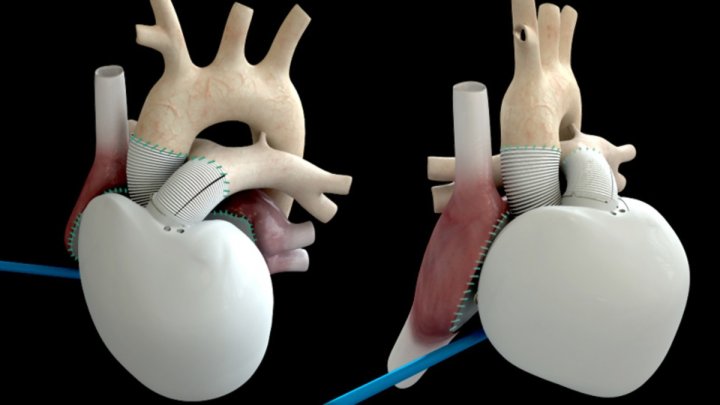Q4 Unit 4 W4: Investigation for Creating the Artificial Organ
- Sathita Mai
- May 6, 2016
- 3 min read
1. Why this organ? Support with statistic data and facts.
In the previous unit, I have researched and drew a few organs, including the human heart, brain and lungs. For this unit, the organ that I would choose to create an artificial organ is the human heart. This is because it is the organ with the highest demand. According to the U.S. Department of Health & Human Services, about 4,000 people wait for a donor heart transplant on any given day, while the supply of approximately 2,300 donor hearts annually has been flat in the U.S. for over 20 years (Isaacs).
2. What is in the past invention? Or current invention? Who invented? How practical it is? What are the strengths and weaknesses?
Since 1969, medical teams from around the world have developed 13 different types of artificial hearts that have been implanted into patients. The first successful implantation of a working artificial heart in a human patient was in 1982. This artificial heart was known as Jarvik-7 and was developed by American scientist Robert Jarvik and his mentor, Willem Kolff. The first patient who lived on this life-prolonging machine survived for 112 days and the second patient who wore an ‘enhanced’ version of the Jarvik-7 lived further for 620 days (Staff).
Recently, Alain Carpentier has invented the world’s first fully artificial self-regulating heart that mimics an actual heart. The inventor explains that, "If your loved one came through the door [and you had a Carpentier artificial heart], it would start to beat faster, just like a real one.” Surfaces that are exposed to human blood are made in part from cow tissue, rather than synthetic material. The design minimizes the chance of rejection and essentially reduces the need for a donor heart. It is powered by external lithium batteries, which is expected to keep a patient alive for up to five years.
There are various advantages of the use of artificial hearts, including that it is readily available and do not require the use of immunosuppressive drugs that can compromise renal function and leave the patient susceptible to infection (Dianahardin). Additionally, it restores hemodynamic stability, raising blood pressure and helping vital organs recover, as much as possible, in preparation for a heart transplant. However, the artificial heart also comes with some disadvantages. There is some risks, like the failure of the electrical motor, and the need to take blood thinners to prevent clotting. Not all patients have a body size that allows the device to be implanted into the chest cavity, making small persons unable to receive the device.
3. What is your new idea?
The name of my artificial heart is ‘Bona fide heart’, which means a real heart. My idea is to create a devised version of the artificial heart that has a battery designed internally in it, so that the user does not have to externally wear it like the Carpentier artificial heart. It would be a mechanical pump that has a system to regulate blood flow, with a sensor to regularly check the amount of blood pumped around the body. The heart will contract its ‘muscle walls’ according to the blood circulation in the user’s body.
4. What are the possible materials?
I could use cow tissue for the surface of the heart that is exposed to the blood. Moreover, I can also use a combination of titanium and a specially developed polyurethane, called ‘Angioflex’.
Works Cited
Dianahardin. Advantages and Disadvantages of the Artificial Heart. 2 July 2011. Web. 6 May 2016. <http://www.healthguideinfo.com/surgical-heart-procedures/p9019/>.
Hemme, Philip. Carmat’s Artificial Heart is now inside three patients – how’s it doing? 2 September 2015. Web. 6 May 2016. <http://labiotech.eu/carmats-artificial-heart-is-now-inside-three-patients-hows-it-doing/>.
IOP. The artificial heart. n.d. Web. 6 May 2016. <http://www.iop.org/resources/topic/archive/heart/>.
Isaacs, Don. 7 Things About Artificial Hearts. 12 September 2014. Web. 3 May 2016. <http://www.syncardia.com/2014-multimedia-releases/7-things-about-artificial-hearts-that-you-should-know/itemid-1715.html>.
Staff, About.com. The History of the Artificial Heart. 30 June 2015. Web. 3 May 2016. <http://inventors.about.com/od/famousinventions/fl/The-History-of-the-Artificial-Heart.htm>.















Comments